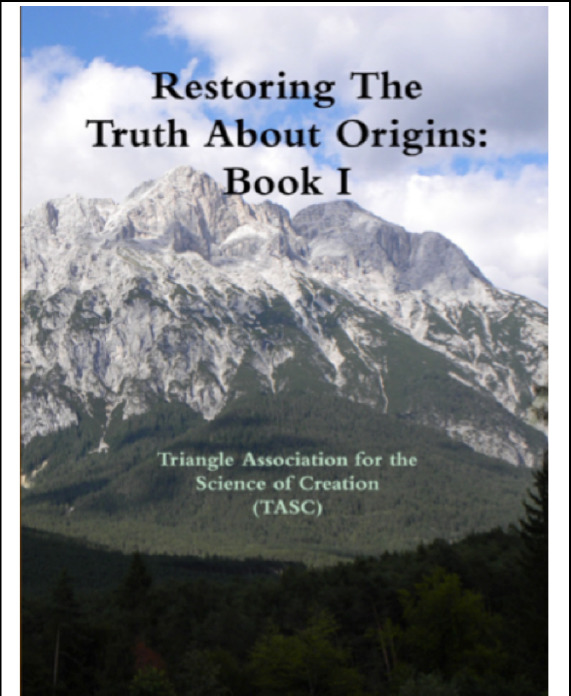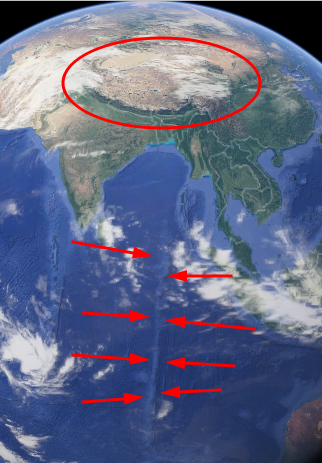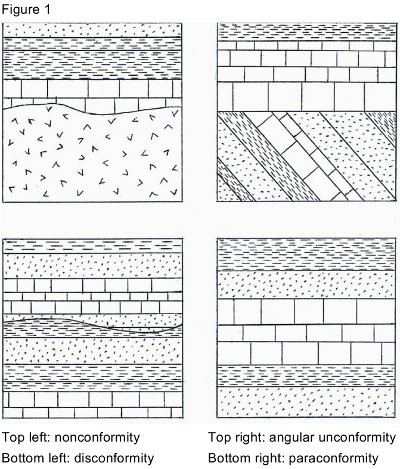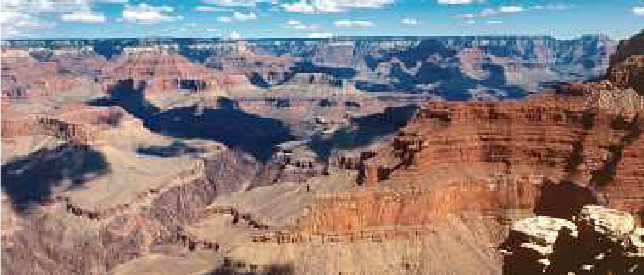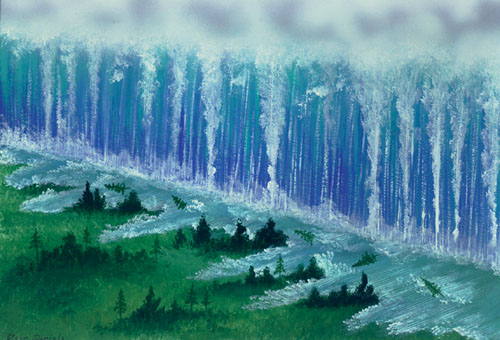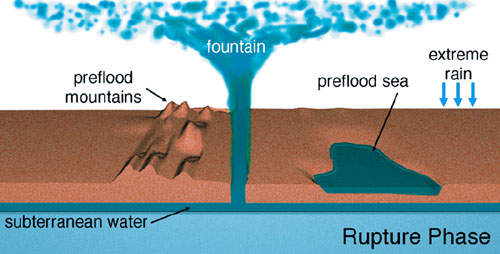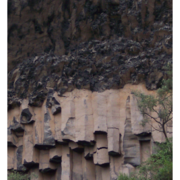Grand Canyon: Overwhelming Evidence for the Genesis Flood
Recently I was thrilled to be able to experience an adventure of a lifetime, rafting the Colorado River though a portion of the Grand Canyon with Canyon Ministries. This is a trip I had wanted to do for years, and the Lord opened a door of opportunity for me in late May. On one level the trip was a ton of fun. I have white-water rafted on several rivers in the east, including my favorite, the New River through the New River Gorge (“The Grand Canyon of the East”) in my home state of West Virginia, but nothing compared to this. On another level, however, the trip was so educational and faith-affirming! So many of my beliefs about geology, the age of the earth, and especially the Genesis flood of Genesis 6–9 were confirmed/reinforced on this trip.



